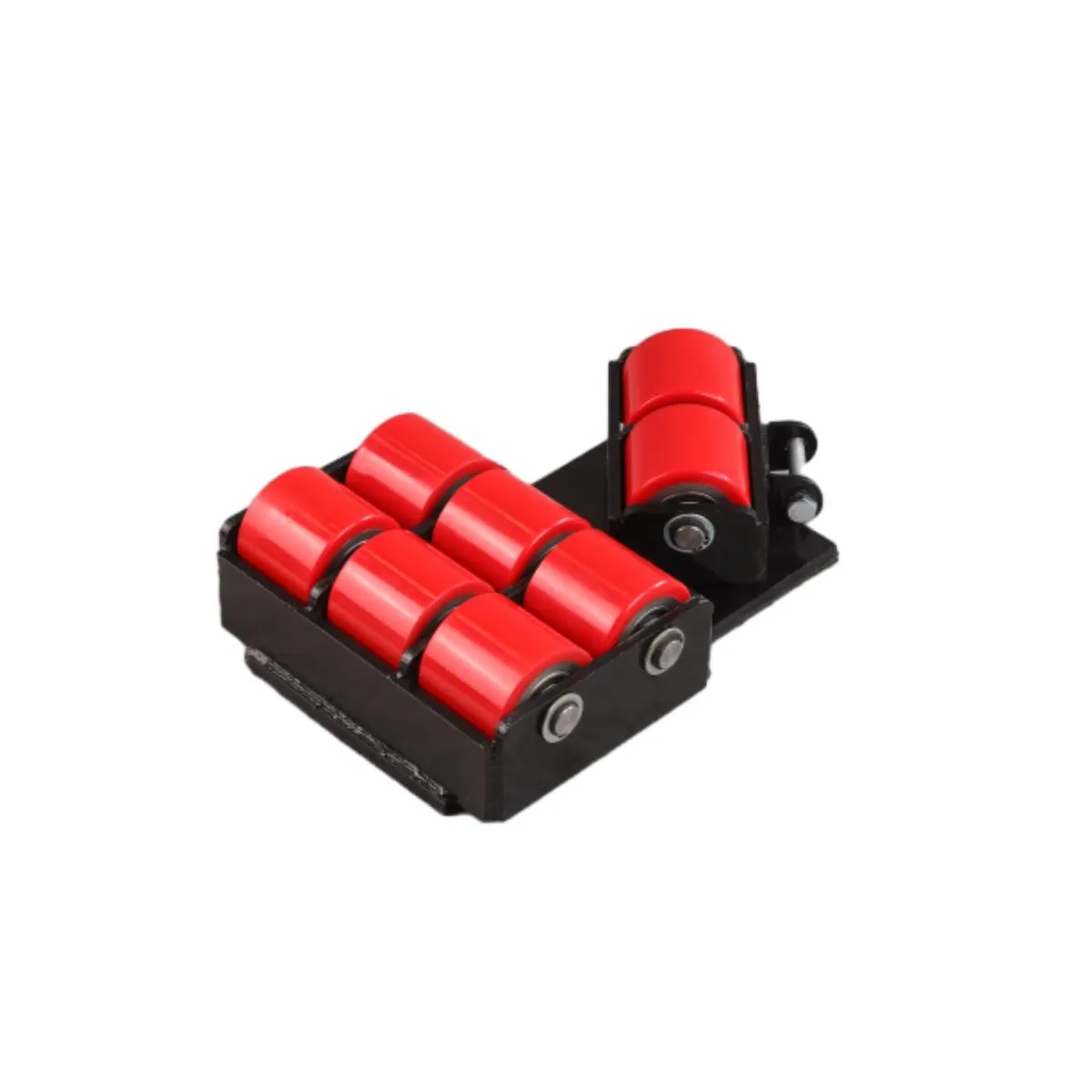Heavy-Duty Equipment Dollies for Safe and Efficient Machinery Movement
Understanding Machinery Skate Dollies Essential Equipment for Heavy Load Movement
In various industrial and construction environments, the need to transport heavy machinery and equipment efficiently and safely is paramount. This is where machinery skate dollies come into play. These devices are specifically designed to allow users to move oversized and hefty items with ease, minimizing the risk of injury and damage. In this article, we will explore what machinery skate dollies are, their design and functionality, applications, and best practices for their use.
What Are Machinery Skate Dollies?
Machinery skate dollies, often referred to simply as skates, are platforms equipped with wheels that allow heavy loads to be moved manually or with the assistance of a power source. The design of a dolly typically features a robust base that can support significant weight, alongside rollers or wheels that facilitate smooth movement across surfaces. They come in various sizes and configurations to accommodate different types of machinery and load shapes.
Design and Functionality
The construction of a machinery skate dolly is particularly critical to its effectiveness. Most dollies are made from durable materials such as steel or reinforced plastic, ensuring they can withstand the strain of heavy loads.
Skate dollies often incorporate
1. Load Capacity Each dolly is rated for a specific weight limit, which is essential to preventing accidents and equipment failure. It’s crucial for users to select a dolly that can handle the weight they intend to move. 2. Wheels The wheels on these dollies are designed for stability and robustness. Depending on the surface they will be used on, some dollies feature polyurethane wheels that are excellent for protecting floors and providing smooth movement, while others may have swivel wheels that enhance maneuverability. 3. Low Profile The low height of most dollies allows them to fit under machinery or heavy objects easily, which is essential when deals with equipment that is low to the ground, such as generators or industrial machinery.
machinery skate dolly

Applications of Machinery Skate Dollies
Machinery skate dollies find their place in various sectors, including
- Manufacturing In factories, where heavy machinery must be repositioned frequently, dollies are invaluable tools that help streamline processes. - Construction Moving heavy equipment from one site to another can be challenging. Skate dollies allow for easier transportation of items like portable generators, scaffolding, and other construction machinery. - Warehouse Operations In large warehouses, dollies facilitate the movement of extensive inventory by allowing workers to maneuver heavy pallets with minimal effort. - Automotive Industry Workshops often use dollies to reposition engines, transmissions, and other significant components safely within their facilities.
Best Practices for Using Machinery Skate Dollies
To ensure safety and efficiency when using machinery skate dollies, adhere to the following best practices
1. Assess the Weight Always be mindful of the weight of the equipment being moved. Never exceed the maximum weight capacity of the dolly. 2. Check the Surface Ensure the floor is suitable for the dollies being used. Rough surfaces can hinder movement while polished floors may lead to uncontrolled sliding. 3. Teamwork Whenever possible, use more than one person for moving particularly heavy or awkward items. This can alleviate strain and improve safety. 4. Training Workers should be properly trained in the use of machinery skate dollies, understanding how to maneuver and the potential risks involved. 5. Maintenance Regularly inspect equipment for wear and tear. Ensuring that wheels rotate freely and that the frame remains intact is crucial for safe operation.
Conclusion
Machinery skate dollies are invaluable tools in the movement of heavy equipment across a variety of industries. Their thoughtful design maximizes safety and efficiency, making the task of relocating heavy machinery much less daunting. By understanding their functionality, applications, and adhering to best practices, users can effectively manage heavy loads while minimizing risks associated with manual transportation. Whether in a warehouse, construction site, or manufacturing plant, these essential tools are crucial for any operation dealing with heavy machinery.
-
Unlock Seamless Relocation with Our Heavy Equipment Moving ExpertiseNewsJun.06,2025
-
Unleash Unrivaled Flexibility with Our Adjustable Gantry CraneNewsJun.06,2025
-
Unleash Heavy-Duty Efficiency with Our Industrial Gantry Crane SolutionsNewsJun.06,2025
-
Revolutionize Steel Handling with Our Magnetic Lifter RangeNewsJun.06,2025
-
Master Equipment Mobility with Premium Machinery Mover SolutionsNewsJun.06,2025
-
Elevate Your Material Handling with Magnetic Lifter TechnologyNewsJun.06,2025
-
YS Permanent Lifting Magnets: The Smarter Way to Handle SteelNewsMay.22,2025
